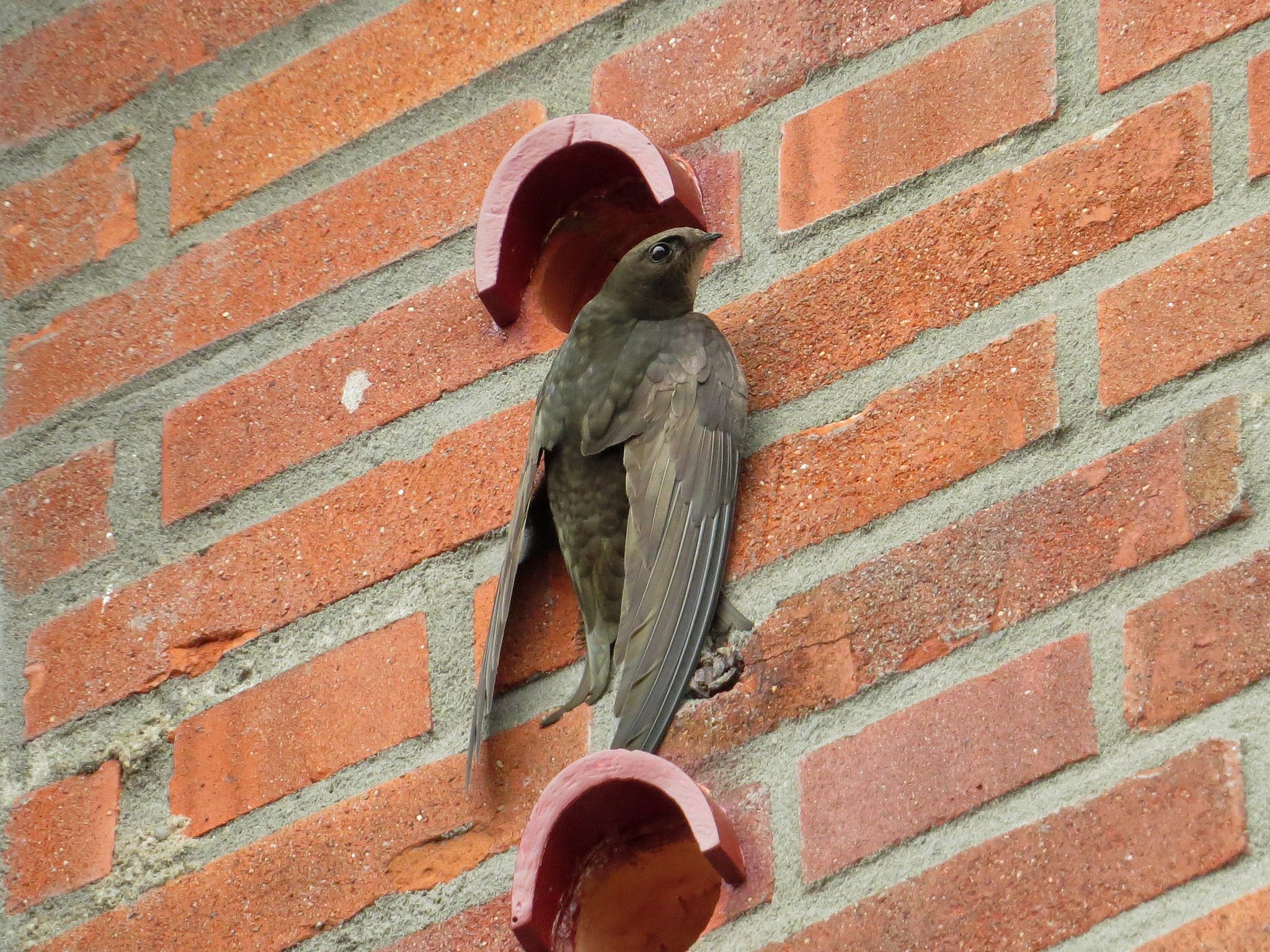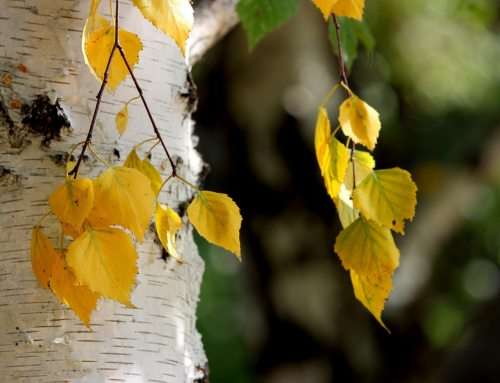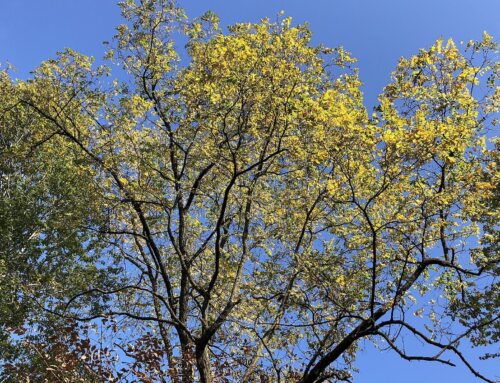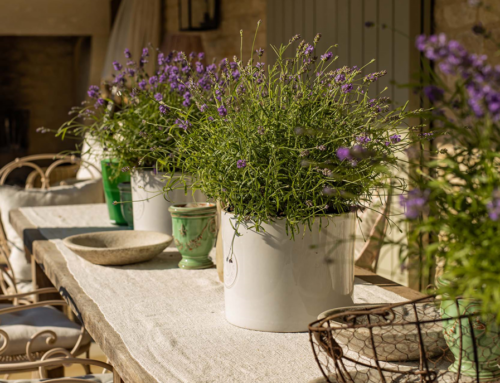Bird Species in Spring Migration
Many bird species migrate from equatorial regions towards the north during spring to take advantage of increased daylight hours for foraging. This is particularly vital in spring when the majority of bird species are breeding and raising young.
Birds use a range of methods to navigate from their wintering grounds to the UK. They can use physical land features such as rivers, coastlines or mountains. They can navigate using the sun, the stars, the Earth’s magnetic field and by sense of smell. Below are five species that will be returning to the UK this spring.

By Elliot Williams, Senior Ecological Consultant
Hobby Falco subbuteo
Similar in size to a kestrel, the hobby is a falcon which hunts over open habitats such as lakes, rivers, reedbeds and marshes. The hobby is fast and agile in flight, taking large insects such as dragonflies as prey which it transfers from talons to beak and eats while in flight. It is also known to hunt prey as large as swifts.
Hobbies use empty nests built by other birds, with carrion crow nests particularly favoured. The tree selected is usually within a hedgerow or on the extreme edge of a woodland, where the bird can observe intruders from a considerable distance.
The UK population has grown significantly in recent decades. It is thought this is linked to an increase in flooded gravel pits and reservoirs having led to a rise in dragonfly numbers. An estimated 2,800 pairs breed here each year.
The species name became the trademark for the Subbuteo games company after its creator was refused permission to register the name as ‘Hobby.’
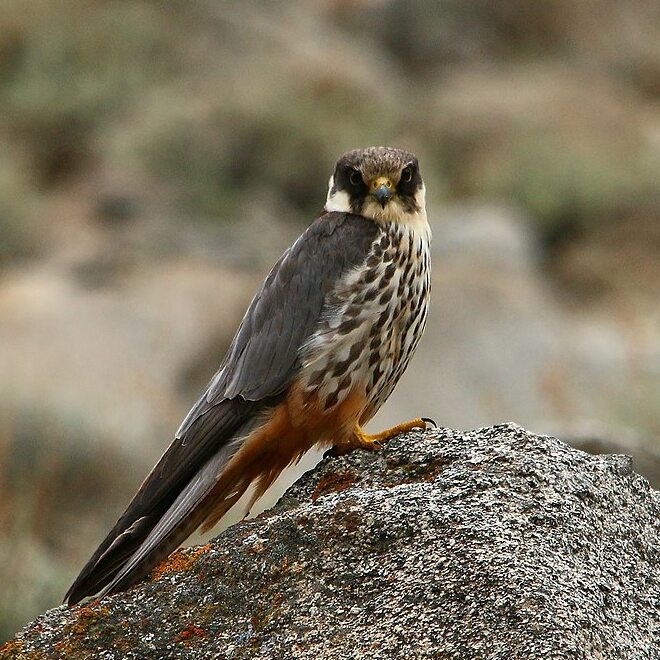
Hobby Falco subbuteo
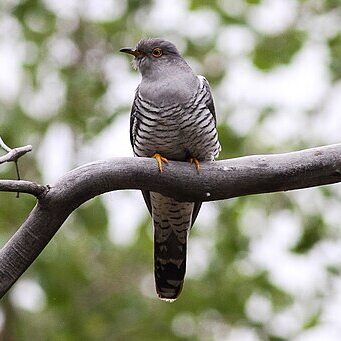
Cuckoo Cuculus canorus
Cuckoo Cuculus canorus
The cuckoo is best known for being a ‘brood parasite’ as this species lays eggs in the nests of other bird species, particularly of dunnock, meadow pipit and reed warbler. Females wait until the host has left the nest then lay a single egg. The chick pushes any other eggs or chicks out of the nest, ensuring it receives the sole attention of its adoptive parents. The parent birds will continue to feed the cuckoo even though it may grow to two or three times their size.
The cuckoo is a dove-sized bird with a blue-grey back, head and chest and barred black and white underparts. The barred pattern, sleek body, long tail and pointed wings give it an appearance similar to a sparrowhawk. Studies have shown that cuckoos may mimic sparrowhawks in order to increase their success of accessing nests of their hosts.
Once a familiar harbinger of spring for many in the UK, the cuckoo has seen a decline of 65% since the 1980s. Strong declines in England are juxtaposed with population growth in North-West Scotland. Research is ongoing by radio tracking individual birds as they head back to African wintering ground, but possible explanations for the decline of cuckoos include reduced availability of prey (mainly caterpillars) during the breeding season or deterioration of conditions along migration routes.
Nightingale Luscinia megarhynchos
Slightly larger than a robin, the pale brown nightingale makes up for its drab appearance with what many consider to be the world’s most beautiful and inspiring birdsong. Nightingales are famed for singing at night, but to hear its peak performances, early morning or dusk during mid-April to early June is best. Only unpaired males sing regularly at night and nocturnal song serves to attract a mate. Singing at dawn is used primarily to defend the bird’s territory.
Nightingales are localised in the south and east of England, being at the north-west limit of their global range. They breed in scrubland but will also breed within woodland understoreys where scrub is dense enough.
UK nightingale numbers have declined by 90% within the past 50 years due to habitat loss, but there are some successful projects with emerging populations, such as Knepp Estate, where nightingales are utilising scrub in passing as they feed for their autumn migration.
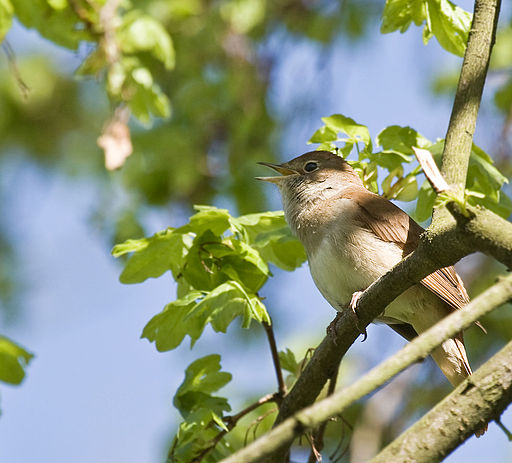
Common Tern Sterna hirundo
An elegant seabird closely related to gulls, the long tails have earned this species the nickname of ‘sea-swallow.’ The Common Tern is the most abundant Tern species to be found inland, feeding over lakes and rivers.
The Common Tern nests on any flat and sparsely vegetated surface close to water. The nest may be a bare scrape in sand or gravel, but it is often lined or edged with whatever debris is available. There are a number of large coastal colonies that account for over half the UK’s population, with inland breeding colonies typically being much smaller.
The species has been hit by the latest outbreak of Avian Influenza amongst seabird colonies, with 40% of the 800 breeding Common Terns at Shotton Steelworks in North Wales thought to have died from the disease in 2023.
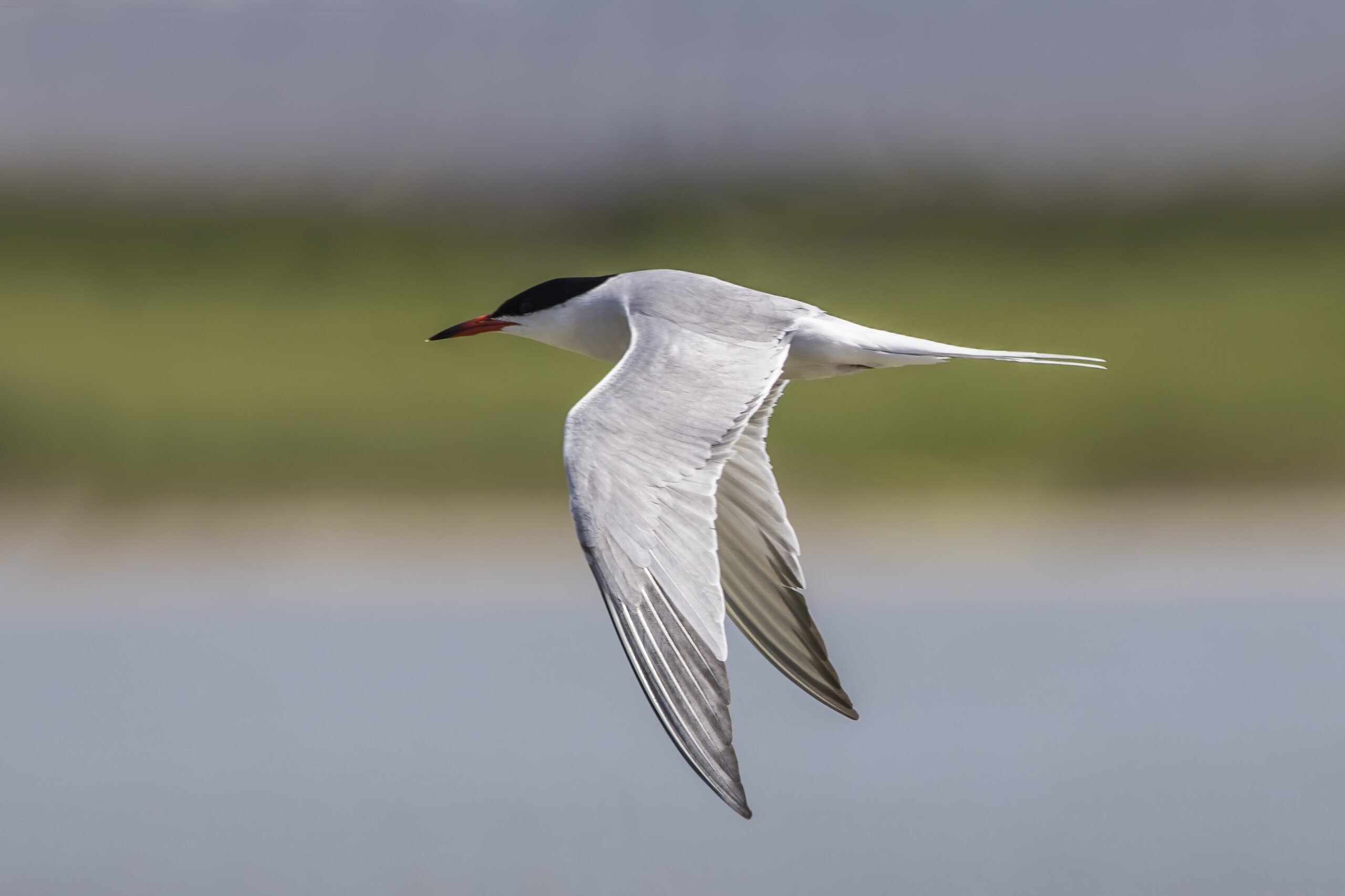
Swift Apus apus
Slow to arrive and quick to leave, swifts are only present in the UK for a short window between early May and August. They are closely associated with people and have nested within buildings for centuries. Natural nesting sites include holes within large trees, cliff faces and rock crevices.
Amazingly, the only time swifts intentionally land is at their own nest to feed their chicks. The rest of their life is on the wing, including sleep. The swift is aptly named as it is the fastest level-flying bird ever recorded, with a top speed of 69.3mph. One of the longest continuous studies of a single bird species in the world has been conducted on swifts nesting within the Oxford Museum of Natural History since May 1947.
The UK’s swift population has fallen by 42% since 1994, which is likely driven by invertebrate decline. In addition, thousands of nesting sites have been lost across the country through the demolition and conversion of buildings. Nest boxes specially designed for swifts can be retrofitted to buildings. New housing developments are increasingly incorporating ‘Swift Bricks’ which provide nesting sites within new buildings.
